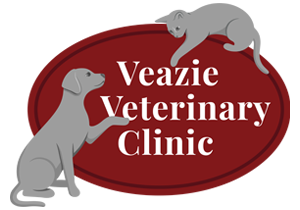Comprehensive cancer care
can involve staging of the cancer, removal of the primary tumor, and chemotherapy treatments, as well as addressing pain control, nutrition, and overall health and wellness concerns.
Treating Cancer
Chemotherapy is a word which carries a heavy burden of negative associations for most people. People are often very sick while undergoing cancer chemotherapy. However, the treatment process is different in many ways for our beloved companions.
Veterinarians use chemotherapy to give pets with cancer a longer life than they would otherwise have, but more importantly, to make life more comfortable. Our goal in cancer treatment is to minimize the negative aspects of treatment so that the pet can have the best life possible.
Cancer Terminology
Cancer is a disease caused by a cell which is replicating abnormally, forming a population of clones. The “parent” cell is a normal cell in the body. The different kinds of cancer are designated by what kind of cell that parent cell was, such as a bone cell, a skin cell, or a blood cell. This tells us the “family” the cancer belongs to.
Often, the cancer is then further categorized by how abnormal the cells appear, or whether they have spread to other parts of the body. This process is called staging. Staging is used to determine the prognosis for that patient, and the relative likelihood of response of the patient to treatment.
Two broad categories of cancers are those that form a mass (or growth), and those that are diffuse. For example, many cancers in the skin form a lump that you can feel, and which can be surgically removed. Cancer of the blood cells can spread throughout the body, traveling around in the bloodstream, and cannot be surgically removed (like lymphoma). For most cancers in which a mass forms, the first line of treatment is removal of the mass, and chemotherapy comes afterwards. For those in which there is no mass to remove, chemotherapy is usually the first line of treatment.
Metastasis is when cancer cells spread from a primary site (a mass) to other parts of the body. Many of the tests that are performed prior to initiating chemotherapy are focused on determining whether the cancer has metastasized. If no metastasis is identified, then the cancer either has not spread, or the spread is yet not detectable.
If metastasis is identified, the likelihood of any meaningful response to chemotherapy is poor, and hospice care is the next recommendation. Chemotherapy is used primarily for those patients with cancers that are likely to metastasize, but that have not yet done so. Chemotherapy drugs suppress the growth of any escaped calls, prolonging survival time of the patient. Rarely, they kill all the cancer cells, resulting in a permanent cure.
Chemotherapy Treatment
At Veazie Veterinary Clinic, chemotherapy treatment is performed by trained, licensed technicians in a dedicated space. There is a room used only for chemotherapy patients in the Wellness Center. This room is equipped with cages, all the materials needed, and special tools used to safely handle and administer the medications.
Chemotherapy administration varies with the drug. In general, the patient comes for an appointment in the morning, and has a physical exam and a CBC, which evaluates their white blood cell population. If everything is going well, then the patient is admitted to the hospital for treatment. The anti-nausea medication is given. Some patients are given a mild sedative to make the process easier for them. Most chemotherapy drugs are given into a vein, so the area is cleaned and prepared with a local numbing agent to make them comfortable. An intravenous catheter is placed. Different drugs are given over different periods of time. Some drugs require the patient to be in the hospital for most of the day, but the majority can go home after a few hours.
Aftercare
Other than monitoring closely for changes, little aftercare is needed. Most patients are quiet for a day or two, and some have mild side effects as described above. Families are advised not to have major contact with any bodily fluids from the patient for several days, and to use gloves or other disposable materials to clean up any accidents. Pregnant owners should not clean up any wastes at all, and should avoid significant saliva contact for about 3 days. Most patients quickly return to their regular daily activities.
When Chemotherapy is Finished
Chemotherapy protocols have an end. Many drugs are only given for a set number of treatments. Once this is complete, recheck examinations are scheduled to monitor for any detectable recurrence of the cancer. If this happens, additional chemotherapy is an option for some, but not all cancers.
Some patients are given medications at home for the rest of their lives. This is called metronomic therapy, and can help to slow the return of the cancer. For most canine and feline patients, chemotherapy does not eradicate the cancer, but provides more time and relief from discomfort.
Common Chemotherapy drugs
Almost all chemotherapy drugs have the ability to negatively impact the bone marrow, gastrointestinal system, and ability to regrow hair. Each drug also has individual characteristics that make it unique.
Doxorubicin
Other Names: Adriamycin, Rubex
Used For: lymphoma, osteosarcoma, hemangiosarcoma
Toxicity/Side effects: damage to heart muscle; damage to kidneys in cats; colitis; tissue damage if it gets outside a vein
Treatment/Prevention:
- Consider echocardiograms (heart ultrasound) in at-risk breeds
- Listen to the heart prior to each treatment (specifically listening for irregular rhythms)
- Pre-treat with a cardio protectant (dexrazoxane)
- Limit lifetime dose to less than 180 – 240 mg/m2
- Ensure adequate kidney function
- Use fluid therapy during treatment
- Use sulfasalazine to treat colitis
- If extravasated, apply a cold compress after aspiration and instill dexrazoxane.
Vincristine
Other Names: Oncovin
Used For: lymphoma
Toxicity/side effects: nerve damage; tissue damage if it goes outside a vein
Treatment/prevention:
- Monitor for neurologic changes
- If extravasated, aspirate as much as possible, then infiltrate the area with warm saline and apply a warm compress.
Cyclophosphamide
Other Names: Cytoxan, Endoxan, Neosar
Used For: lymphoma, osteosarcoma, immune-mediated disease
Toxicity/Side Effects: sterile hemorrhagic cystitis; nausea
Treatment/Prevention:
- We give a diuretic (furosemide) and intravenous fluids along with treatment.
Cisplatin
Other Names: Platinol-AQ
Used For: SCC, TCC, other sarcomas and carcinomas
Toxicity/Side Effects: fatal lung damage in cats; nerve damage in dogs
Treatment/Prevention:
- Never give to cats
- Intravenous fluids given before, during, and after treatment for dogs.
Carboplatin
Other Names: Paraplatin
Used For: sarcomas and carcinomas
Toxicity/Side Effects: liver damage
Treatment/Prevention:
- Baseline and ongoing monitoring of liver values
Prednisone/Prednisolone
Other Names: none
Used for: lymphoma
Toxicity/Side Effects: increased thirst and urination; increased appetite; weight gain; suppression of the immune system; muscle loss
Treatment/Prevention:
- Dose reduction
Lomustine
Other Names: CCNU, CeeNU
Used For: brain tumors, lymphoma, MCT
Toxicity/Side Effects: bone marrow suppression; liver damage
Treatment/Prevention:
- Close monitoring
Chlorambucil
Other Names: Leukeran
Used For: bone marrow neoplasms, autoimmune diseases, feline intestinal lymphoma
Toxicity/Side Effects: bone marrow suppression
Treatment/prevention:
- Monitoring
Common side effects
Chemotherapeutic agents are controlled toxins that kill rapidly dividing cells. Cancers are caused by uncontrolled cell division, and therefore are highly susceptible to these agents. However, there are other areas that are also affected, leading to side effects.
Think “BAG”!
B = bone marrow suppression
A = alopecia (hair loss)
G = gastrointestinal (vomiting and diarrhea)
Bone marrow suppression
Bone marrow cells are dividing all the time, and are the primary source of all the cell lines in the blood. Suppression of these lines can lead to low red blood cells (causing fatigue), low platelets (causing bleeding), or low white blood cells (causing an increased risk of infection). For this reason, we run a complete blood count (CBC) prior to each treatment. For some drugs, we need to check again between treatments when the cells will be at their lowest levels (the nadir). If the levels are too low, then immediate treatment may be needed, or in some cases, the dose of the drug will be adjusted for the next treatment.
Alopecia
Chemotherapy-associated alopecia is primarily seen in dog breeds with continuously-growing hair coats, such as Old English sheepdogs, poodles and Maltese. It occurs rarely in other breeds, however any shaved hair will be slow to re-grow. The primarily affected areas are: face, whiskers, shoulders, and back. Cats usually just lose their whiskers. There is nothing we can do to prevent this, but it rarely causes any significant problems for the patient.
Gastrointestinal
It is unknown what percentage of patients experience nausea without vomiting. But based on human experience, it is likely to be high. We want to prevent this as much as possible by using anti-nausea medications. Patients are given an infection of an anti-nausea medication prior to the chemotherapy treatment, and owners are sent home with more medication to be used as needed. Owners are also supplied with medication to treat any diarrhea. Most patients do not have symptoms. If a patient proves sensitive to a certain drug, then either the dose will be adjusted or the drug will be discontinued.
Other side effects
Each drug has specific other possible side effects. These may require additional testing or monitoring, and will be discussed with the family prior to treatment.
When to call the vet
Call if your pet is:
- vomiting more than three times in an hour or six times in a day
- suddenly lethargic or has a fever
- not eating
- passing blood from any part of the body
- appearing to be painful of anxious


